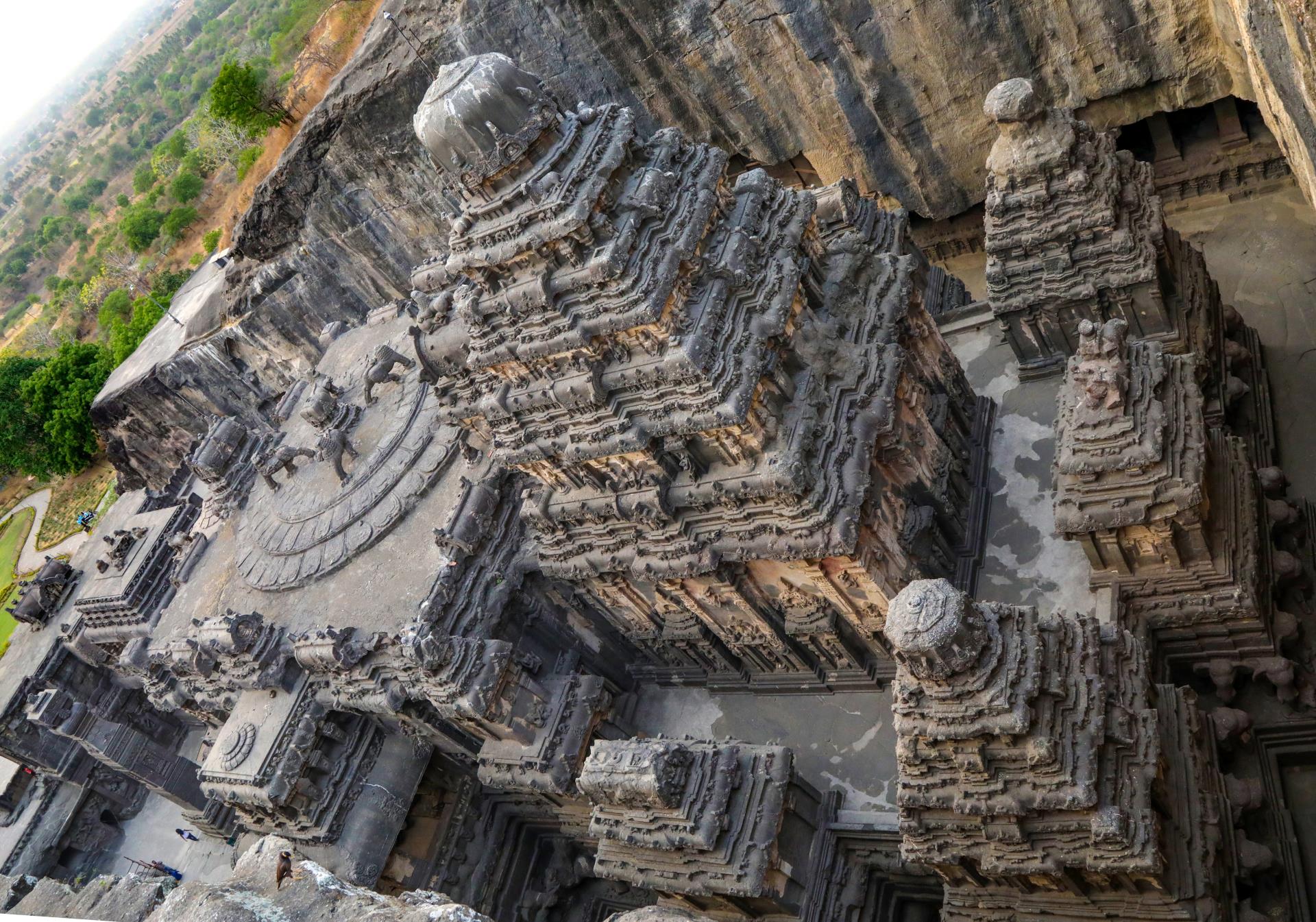
Sorry, we couldn't find anything that matches your search.
Destination

Famous Places to Explore in Hyderabad
A vibrant city with the imposing...

Raipur Tourist Places | Best Place to Visit
The stronghold of several erstwhile...

Ahmedabad
Declared as India's first UNESCO World...
#
Located on Chandora Hill, Pithalkhora Caves are a set of 14 rock-cut Buddhist caves that back to the 2nd century BCE. These basalt rock caves are among the earliest examples of rock-cut architecture in the country, and invite visitors from all over the region. While four of the caves are chaityas or prayer halls, the rest are viharas or residential cells. All the caves are from the Hinayana period, and boast paintings that belong to the Mahayana period (6th century CE). One crosses a beautiful waterfall, right next to the caves, to reach the complex with unique statues of Yaksha figures, soldiers, elephants, a deteriorated Gaja Lakshmi icon and an ancient rain harvesting system of rain water. Cave 3 is believed to be the main chaitya, in which original complete pillars are decorated with painting fragments in the Ajanta style. There are a number of beautiful images of Lord Buddha in a seated and a standing pose.
The cave viharas have been constructed following the traditional plan with a hall in the centre and small residential cells along three walls. Cave 4 is an exquisitely carved vihara, adorned with pillars and lattice windows. The elaborate entrance, flanked by two dwarapalas (sentinels), draped in costumes reminiscent of Shaka influence, is especially beautiful. Water flowing through a channel behind the adjacent wall, is sprinkled through the five hoods of a carved cobra statue. Another impressive arrangement includes a series of nine elephants with an almost life-size horse in profile with a male figure - a ‘chauri’ bearer. Most of the sculptures found are part of the exhibition in the National Museum, New Delhi.







